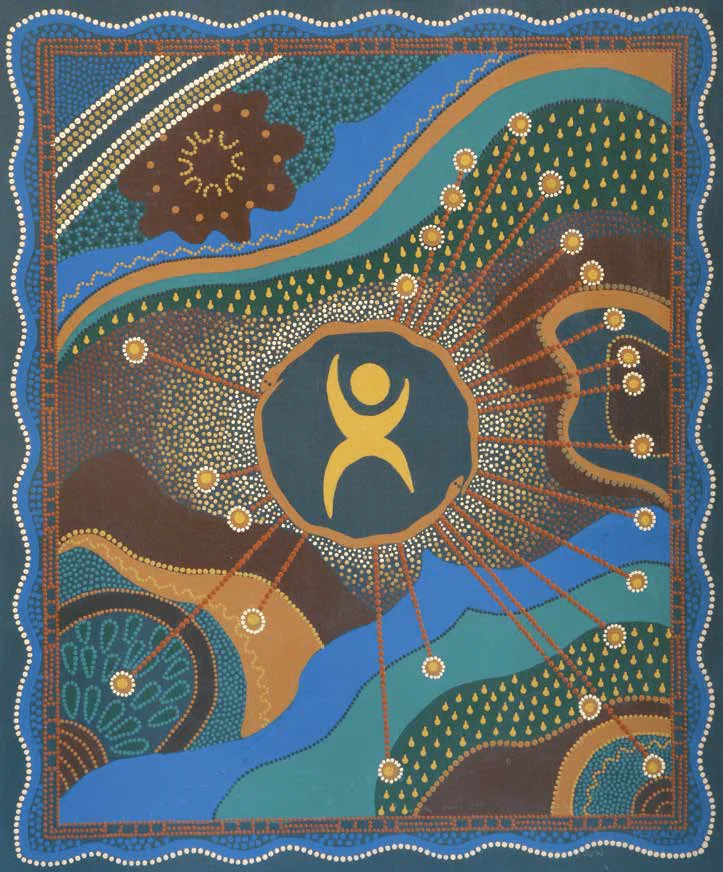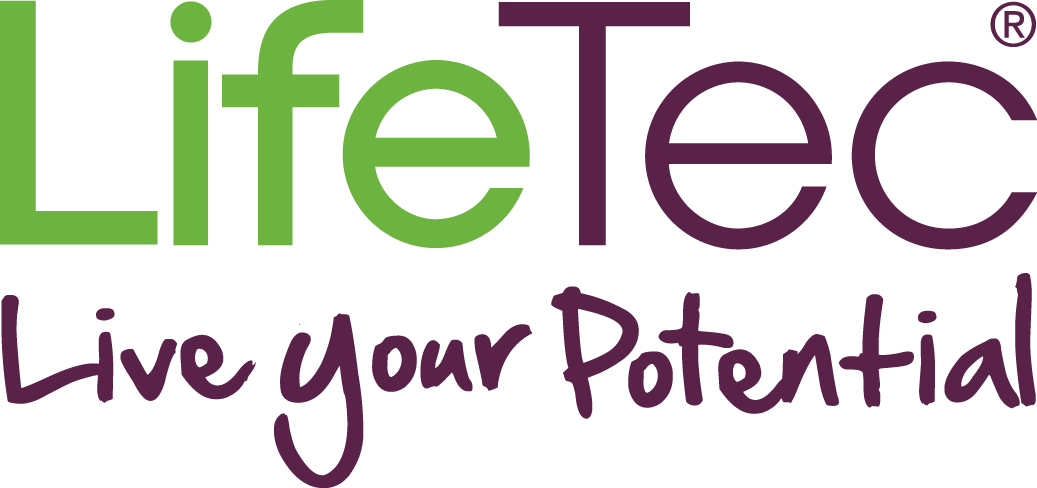Acknowledgements
We pay our respects to Elders' past, present and emerging and we acknowledge that they hold the memories, traditions, cultures and hopes of Aboriginal and Torres Strait Islander peoples.
LifeTec recognises that reconciliation is an ongoing process and as such we have set out to develop our first Reconciliation Action Plan, LifeTec understands that the development and implementation of our Reconciliation Action Plan is a fluid process, and we encourage individuals and organisations to join our reconciliation journey and converse with us about ways in which we can improve the plan.
Our Reconciliation Action Plan (RAP)
LifeTec's RAP includes actions and deliverables that we are committed to deliver over a period of 12 months.
LifeTec Australia has a long and proud history of providing services to, with, and alongside Aboriginal and Torres Strait Islander peoples throughout Queensland.
- Workplace Cultural Competence - LifeTec will review our cultural learning needs and will develop a business case for increasing understanding of Aboriginal and Torres Strait Islander cultures.
- Attraction and selection of staff and consumer representatives - LifeTec will develop a business case for Aboriginal and Torres Strait Islander employment within our organisation.
- Community and Network Development - LifeTec will work to establish and build stronger connections with Aboriginal and Torres Strait Islander individuals, stakeholders and organisations.
- Social Impact - LifeTec will aim to generate greater social impact by increasing services to Aboriginal and Torres Strait Islander people and increase individual and social outcomes created by the effective selection and use of assistive technology.
About The Artwork

We would like to gratefully acknowledge the contribution of Maxine Zealey, whose artwork features throughout LifeTec Australia's Reconciliation Action Plan. Maxine comes from the Gooreng Gooreng people of the Bundaberg area and is a direct descendant of Lexi Dublin (Granny Clarke) and Lena Horton.
The artwork conveys an invitation to all Aboriginal and Torres Strait Islander communities to reach out together with LifeTec Australia. The background of the painting is a series of small dots depicting a happy situation.
Colours used in the painting represent the rich cultures of Aboriginal and Torres Strait Islander peoples. Earthy tones represent the land and Aboriginal communities. Blues, greens and black represent Torres Strait Islander peoples and LifeTec Australia.
Elements within the artwork include:
- The un-patterned snakes forming a circle symbolises the union with communities and signifies support and security.
- The rays of hope flowing from the centre join together LifeTec Australia and the Aboriginal and Torres Strait Islander communities.
- Patterning here portrays the many meetings and conferencing that occurs between LifeTec and Aboriginal and Torres Strait Islander people to achieve joint decision making in support of people with disabilities, their carers and communities.
- The rainbow style lines over the meeting place depict significant joy and celebrations as positive decisions are made.
- Patterning of straight, horizontal or vertical lines surrounding the painting portrays a sense of ease and feeling right with the situation.
- The continuous unbroken wavy lines engulfing the perimeter speaks of the ongoing journey.
- A series of blue wavy dots between the borders represents the ocean and the waters of the Torres Strait Islands.



